Cricket Rules
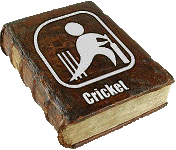
Cricket can definitely be traced back to Tudor times in early 16th-century England. It is a bat-and-ball game played between two teams of 11 players on a field. The game is played particularly in Australasia, the Indian subcontinent, the West Indies, Southern Africa and the British Isles.
Rules
The Cricket is played by rules most knowns as "Laws of Cricket"



- Number of players - A match is played between two teams, each of eleven players. One team is a captain;
- Nomination of players - Each captain shall nominate his players in writing to one of the umpires before the toss;
- Captain - If at any time the captain is not available, a deputy shall act for him.
- Substitutes - In normal circumstances, a Substitute shall be allowed to field only for a player who satisfies the Umpires that he has become injured or become ill during the match. The opposing captain shall have no right of objection to any player acting as a substitute on the field, nor as to where the substitute shall field;
- Runners -A Runner shall be allowed for a Batsman who during the match is incapacitated by illness or injury. The player acting as Runner shall be a member of the batting side and shall, if possible, have already batted in that innings;
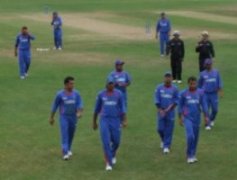
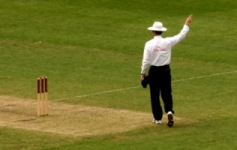



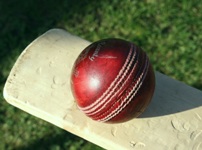
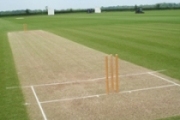
- Before the match - The use of covers before the match is the responsibility of the Ground Authority and may include full covering if required;
- During the match - The pitch shall not be completely covered during the match unless provided otherwise by regulations or by agreement before the toss;



- The period between close of play on one day and the start of the next day’s play;
- Intervals between innings;
- Intervals for meals;
- Intervals for drinks;
- Any other agreed interval.
- Call of Play - The bowler’s end umpire shall call Play at the start of the match and on the resumption of play after any interval or interruption;
- Call of Time - The bowler’s end umpire shall call Time when the ball is dead on the cessation of play before any interval or interruption and at the conclusion of the match;
- Removal of bails - After the call of Time, the bails shall be removed from both wickets;
- Starting a new over - another over shall always be started at any time during the match, unless an interval is to be taken in the circumstances set out in 5 below, if, walking at his normal pace, the umpire has arrived at his position behind the stumps at the bowler’s end before the time agreed for the next interval, or for the close of play, has been reached.



In limited over matches (one innings matches), the team that scores more runs wins. In First-class cricket (two innings match), the team that scores more runs, having dismissed its opponents twice, is the winner. In cricket the term draw only refers to a match which does not reach a conclusion, usually through a lack of time. The term used in cricket to refer to the rare occurrence of two teams getting exactly the same score is a tie. In most one day competitions based on leagues, 2 points are awarded for a win and 0 for a loss, regardless of the margin of victory.









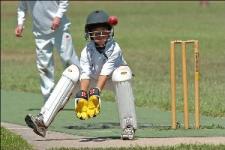



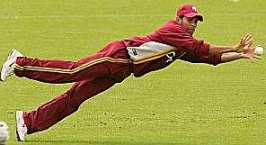
- standard position - There are standart positions in the Cricket game for a right handed batsman;
- long / deep position - If a position is described as “deep” or ”long”, then the fielder is usually placed on the boundary, eg deep mid off;
- short position - A position labelled as “short” is usually closer to the batsman than normal, eg short cover;
- "silly" position - And a position prefixed by “silly” is very close to the batsman, eg silly mid off.
- other positions - Other variations use the terms “square” and “fine”.





